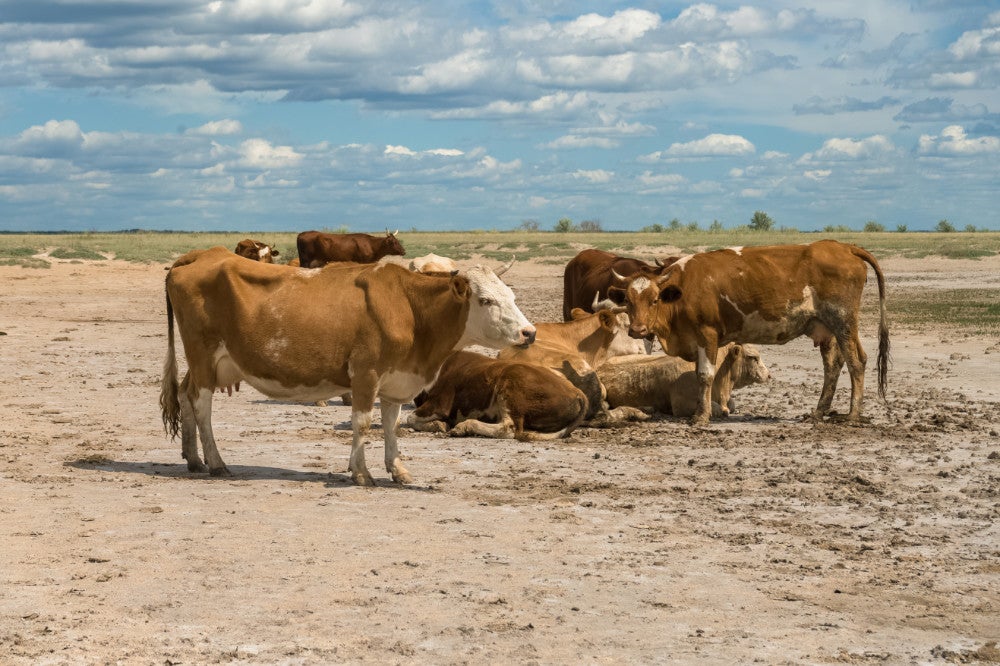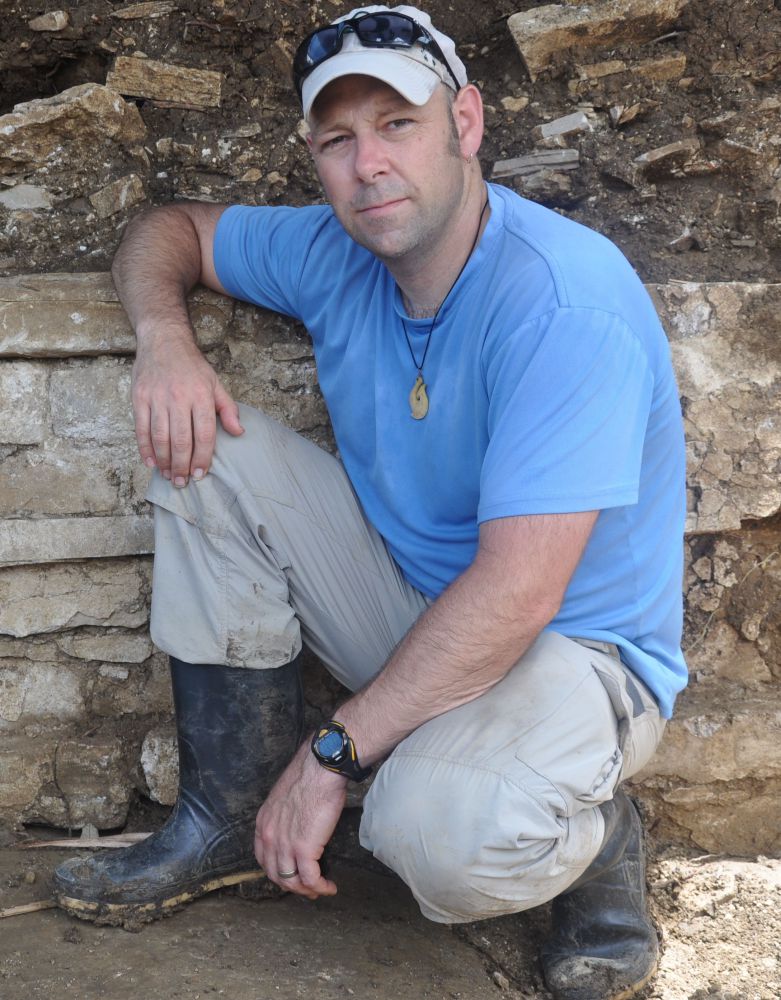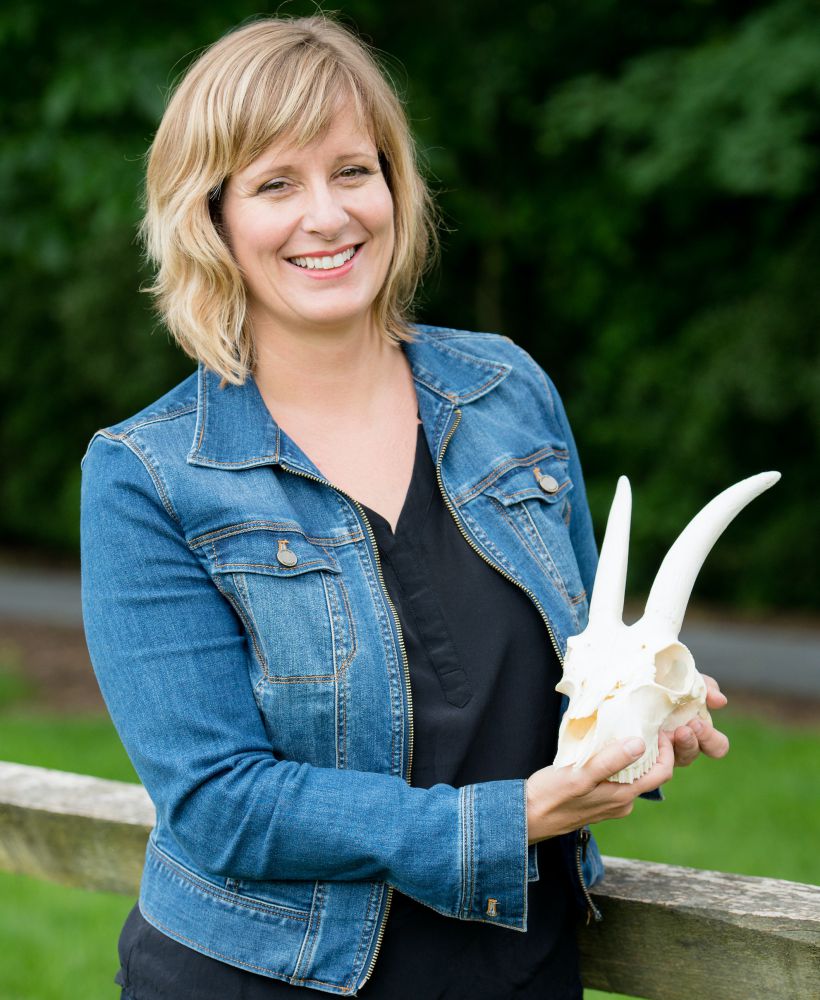
The Milk Revolution


Back in the 1980s the National Dairy Board ran a series of TV commercials with the slogan, “Milk: It Does a Body Good.” The ads were cheesy — and they might have missed milk’s place in the spread of humanity.
New research published in the journal Nature strongly suggests dairying played a major role in the expansion of nomadic Yamnaya populations in the Early Bronze Age (EBA), roughly 3,300 years before the common era (BCE).
Douglas J. Kennett, a UC Santa Barbara professor of anthropology and a co-author of the paper, noted that it has been long argued that the Yamnaya’s expansion west into Europe and east to the Altai Mountains was fueled by pastoralism and the use of horses for transportation. Previous genetic studies, he said, demonstrated the dramatic expansion.
But analysis of dental calculus — fossilized plaque — of western steppe individuals “demonstrates a major dairying transition at the start of the Bronze Age,” the co-authors write, and drove the Yamnaya’s 6,000-kilometer expansion.
“Expansion of Yamnaya peoples between 3300 and 2500 BCE radically changed the genetic landscape in Europe and parts of Asia,” Kennett said. “This also coincided with the decline in broad-leaf forest and the expansion of pasture and grasslands. Our study demonstrates that the transition to a pastoral economy and dairying played a major role in this demographic transition.”
To address the question of what drove the Yamnaya expansion, the researchers conducted analyses of proteins in dental calculus from 56 steppe individuals from the Eneolithic (ca. 4600-3300 BCE) to the Late Bronze Age (to 1700 BCE). Such proteomic analysis can detect not only the presence of dairy peptides, it can determine the species they came from, Kennett said.
The earliest samples — from 19 individuals from five Eneolithic sites in southwestern Russia — showed almost no evidence of dairy consumption. One individual’s calculus yielded bovine peptides, but the researchers could not “confidently” confirm its dairy consumption.
Calculus from individuals from the Early Bronze Age, on the other hand, found evidence of dairy consumption from multiple species in all 15 individuals analyzed. Further, 15 of 19 individuals from the Middle Late Bronze Age were positive for ruminant milk consumption.
“Overall, our results point to a clear and dramatic shift in milk consumption patterns between the Eneolithic and EBA in the Pontic-Caspian Steppe,” the researchers write.
Kennett, who helped establish the chronology of milk consumption by directly radiocarbon dating individuals from the EBA, noted that Yamnaya were likely lactose intolerant since the gene for processing lactose in adults didn’t become common until the Iron Age (beginning ca. 1200 BCE) in Europe.
“This would suggest that they were fermenting the milk or making cheese,” he said. “Also, kids have lactase persistence for several years after they are weaned so it could have been important for childhood survival as a weaning supplement.”
Sarah B. McClure, a UCSB associate professor of anthropology who has worked extensively on the importance of dairying in Europe, said that dairy products such as yogurt and cheese have lower levels of lactose than raw milk, making them more digestible for adults.
McClure, whose work in Croatia revealed cheese production in the Mediterranean as early as 5200 BCE, said that much of the early evidence for dairying may have been primarily for the benefit of young children. Dairying, she said, would have provided “a relatively pathogen-free form of hydration with added nutritional benefits (vitamins and minerals) that would have been particularly important in pre-industrial societies where dehydration was a major contributor to childhood mortality.”
She noted that while the Yamnaya research found horse peptides in just two of 17 EBA individuals, “it may well be that early horse milk consumption was primarily geared towards the younger crowd and therefore not captured in the adult sample.”
The research was in collaboration with scholars from the Max Planck Institute in Germany, the University of Zurich and Harvard University.



